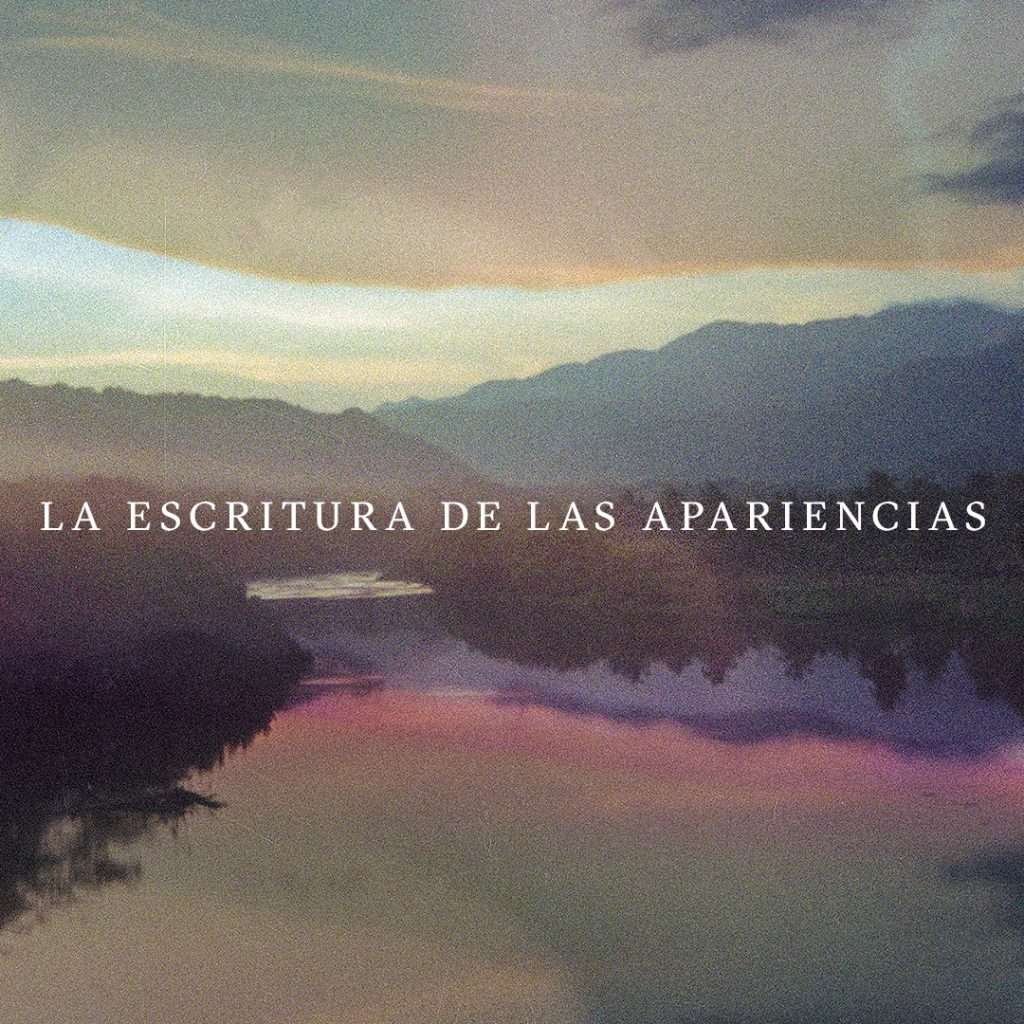Photographer Nicolás Cifuentes together with the Matiz Gallery inaugurate the work “The writing of appearances”. It is a sensory and poetic travel project that questions the limits of what is visible within the indigenous communities of the Sierra Nevada de Santa Marta in Colombia. It traces the metaphorical route of an ascent that leads to the ancient City of Gold of the Tayrona Indians, now known as La Ciudad Perdida, the most important archaeological complex in the country.
The project seeks to build a bridge between what perception means for the West, highlighting the photographic practice, and what is understood by indigenous communities when we speak about “looking” at something, which is generally a spiritual reading of natural phenomena. It is both a reflection on the power – and vulnerability – of the image, as well as on the importance of assuming a critical and political view on the memory work that images entail.
The exhibition opens to the public Friday, November 25 at 7:30 p.m.

The Writing of Appearances is a sensorial and poetic voyage that questions the limits of the visible within the indigenous communities of the Sierra Nevada de Santa Marta, on the Caribbean coast of Colombia. Using photography and film as a medium, this new exhibition traces the route to the ancient city of gold of the indigenous Tayronas, which remained deserted for centuries in the heart of the jungle.
It is an invitation to reflect on the power and vulnerability of the image, embodied in photography and film, which is, on the one hand, a window through which we explore space, and on the other, a mirror, through which we find our reflection in the passage of time.
The exhibition, conceived as an ascent to the Sierra Nevada de Santa Marta, is organized in four blocks. The first, entitled Interior Landscapes, brings together a series of photographs taken at the foot of the mountain. It is the beginning of the journey, a moment in which “there are no concrete or abstract forms”.
Anamnesis – a concept borrowed from Greek philosophy, which refers to the interiority of knowledge and its exteriority – is the name of the second section of the exhibition. The photographs in this section show the main stages of the ascent, marked by the presence in the lower areas of the peasant camps and in the higher areas of the indigenous settlements.
The exhibition continues with Knowing how to remember, in which photography attempts to recover the strength of indigenous words and the majesty of the highlands of the Sierra. The exhibition ends with Teyuna, the indigenous name for the “Lost City”. This section brings together a series of photoengravings on coca resin that propose a dialogue with the heliograms on gold plate exhibited in the gallery showcase. They speak of two elements – coca and gold – whose native meaning has been perverted since the beginning of colonization.
The Writing of Appearances is an audiovisual project that proposes a dialogue between photography and film. Parallel to the photographic exhibition at the Matiz Gallery in Barcelona, an experimental documentary feature film is in post-production.
The artistic work of Nicolás Cifuentes
Colombian filmmaker and photographer Nicolás Cifuentes works as a multidisciplinary artist on audiovisual projects between France and Colombia. He is an active member of “Le Chien qui Aboie” as an associate and coordinator of the Panorama de Cine Colombiano festival in Paris. In France, he worked on multiple documentary projects such as “Psicomagia” by Alejandro Jodorowsky, “Détours-Atajos” by José Luis Bongore and Mathilde Jauvin, and “Música y Vida” exploring the European tour of Colombian artist Carlos Vives.
From these productions, he began to develop his skills as director of photography on the film Ceiba: Memorias de una familia cubana, by Attys Luna Vega. This documentary was officially selected for the Thessaloniki Film Festival. In Colombia, he worked on María Isabel Ospina’s “Trazos”, which portrays the insertion of a former guerrilla into civilian life. He then joined the camera crew of the feature film “Tantas almas”, directed by Nicolás Rincón Gille, which won awards at the Festival des Trois Continents in Nantes and the Marrakech Festival. While doing all this, she supported multiple artistic projects such as the “Trilogie d’un imaginaire” directed by Rosa Gabbert as director of photography, “Le fille des amazons” by Otman Salill, and the feature film “Depuis que le Soleil a Brûlé” directed by Michaël D’Auzon as first assistant director.
Matiz Gallery
Matiz Gallery is a different kind of space to immerse yourself in the world of art. Located a few steps from the Palau de la Música and the Arc de Triomf, Matiz Gallery showcases a selection of original works by contemporary Spanish and international artists and a selection of unique pieces available to everyone, in large and small formats, offering our clients artists who create emotional connections and tell a story.
Carrer de Sant Pere Més Alt, 48, L-1
08003 Barcelona



Thanks for your interest in art & creativity on FrikiFish— a one-woman labor of love, providing free content and services to artists, art-lovers and creative projects in-and-around Barcelona. This project runs on caffeine and community love, please consider supporting with a donation or a cup of coffee. Thank you!